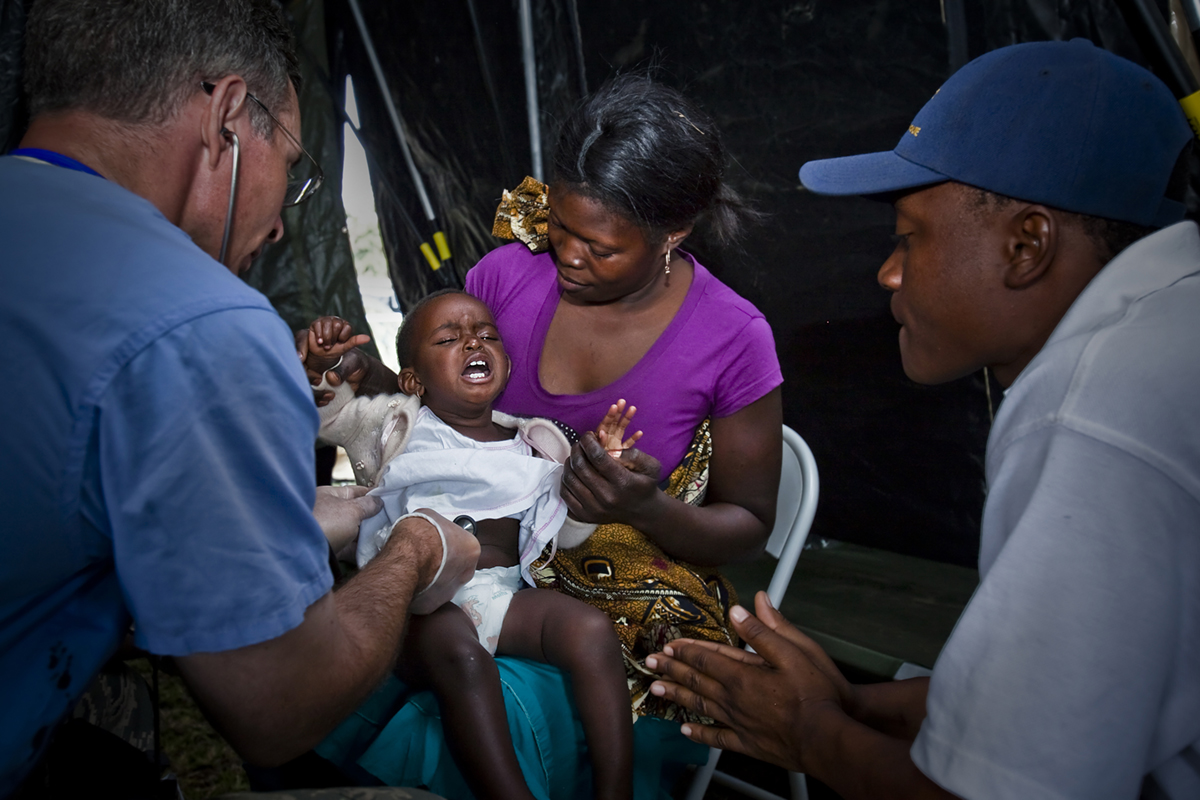
Kawasaki disease is one of the main reasons for the development of childhood heart disease, and it got the name from a Japanese scientist who discovered this syndrome back in 1967. The symptoms of Kawasaki disease can disappear without any treatment, but in 15-25 % of the affected children, they will have some effects on coronary arteries. The diagnosis for Kawasaki disease can’t be set with accuracy, since the symptoms can go away without any medical treatment, but a period of 6-8 weeks is necessary for a body to recover. The stages of Kawasaki disease are: acute, subacute and convalescent.
Symptoms
The symptoms of an acute phase appear in the first week and are followed by a fever. It may happen that a child in the acute phase has decreased heart output and small amount of the fluid that is near the heart. The proper diagnose is hard to obtain and an ultrasound of the heart is conducted. In rare cases, there may be a problem with cardiac rhythm. The second, subacute phase, begins with the end of fever, and here a doctor can easily recognize the symptoms typical of Kawasaki disease, such as peeling of the skin on the palms and toes. Other parts of body such as larger joints, may become inflamed. In the final, convalescent phase, a child’s body returns to normal and is recovering.
Treatment
Things that influence the method of the treatment of Kawasaki disease are related to the age of the child, its general health, the stage of the disease and the parents' view or their wishes. In modern medicine, two treatments are at disposal, and the first, based on the use of intravenous gamma globulin, has proven to shorten the acute phase of Kawasaki disease. A doctor must pay close attention to the child’s condition, as there are different reactions to this medicine. Aspirin is also used for reduction of inflammation and fever decrease, and it is usually used in the first few days when the body is being shaken by fever. The percentage of children who have developed coronary changes has reduced since the IVIG treatment has been introduced. The higher risk of coronary damages can be expected in newborns, males and children who receive treatment after 10 days from the beginning of Kawasaki disease. A pediatrician who, in that way, monitors coronary changes in a child does echocardiogram, and if the changes remain after the treatment, some low-dose therapy on Aspirin will be required.



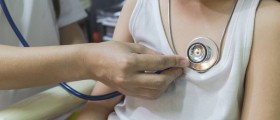



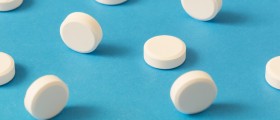
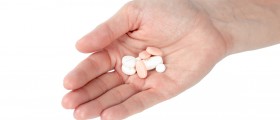
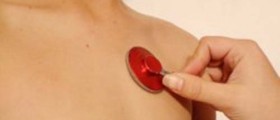

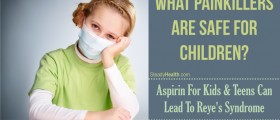
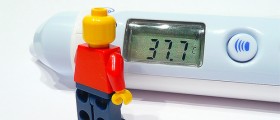

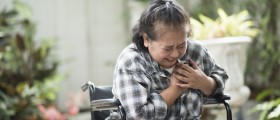
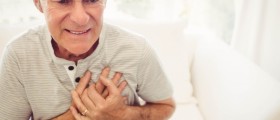
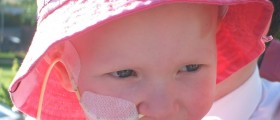
Your thoughts on this
Loading...